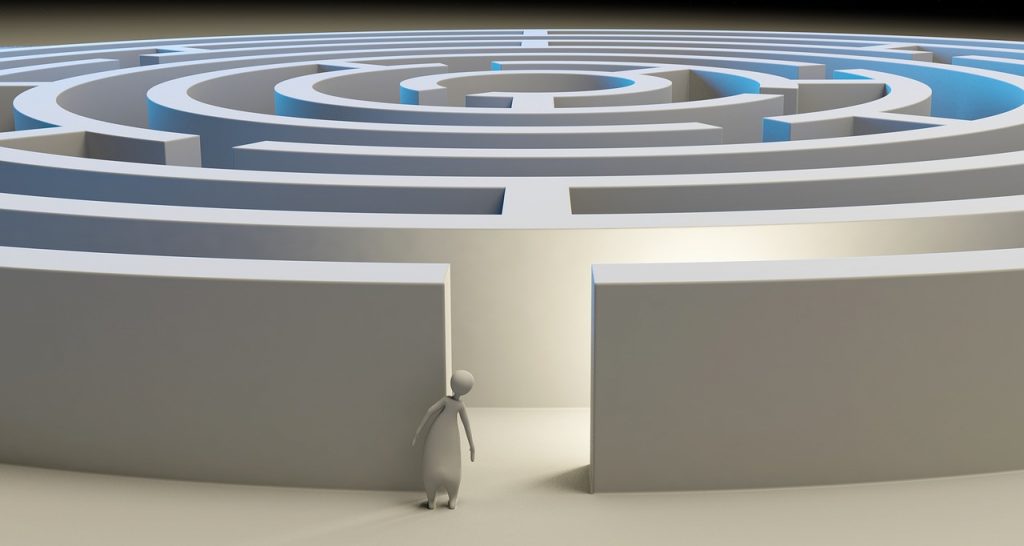A Step-by-Step Guide

GUEST POST from Art Inteligencia
Design thinking is a problem-solving approach that focuses on empathy, creativity, and teamwork to develop innovative solutions. It has gained popularity across industries for its ability to tackle complex challenges and foster a human-centric mindset. This article provides a step-by-step guide to developing a design thinking mindset, highlighting its practical application through two case studies.
Step 1: Empathize with Users
The first step in design thinking is empathy. Designers must immerse themselves in the users’ world to understand their needs, motivations, and pain points. This involves conducting user interviews, observations, and gathering qualitative data. In the case of a healthcare app, for example, designers might interact with patients, doctors, and caregivers to gain insights into their experiences and identify opportunities for improvement.
Case Study 1 – IDEO’s Redesign of Shopping Carts
IDEO, a renowned design consultancy, applied design thinking to solve the common problem of inefficient shopping cart designs. To empathize with shoppers, IDEO’s team embarked on store visits, observed customer behavior, and conducted interviews. They discovered that shoppers often faced challenges, such as difficulty maneuvering through narrow aisles and juggling items while shopping.
By empathizing with users, IDEO gained valuable insights that guided the redesign process. They created prototypes, tested them in real environments, and iterated their designs based on feedback. The result was an innovative shopping cart with improved maneuverability, additional storage space, and features that made the shopping experience more enjoyable and convenient for users.
Step 2: Define the Problem
Once empathy is established, designers must synthesize their research to define the core problem to be solved. This step involves identifying patterns, uncovering underlying needs, and reframing the problem into a clear and actionable statement. By defining the problem accurately, designers can focus their efforts on finding relevant and meaningful solutions.
Case Study 2 – Airbnb’s Neighborhood Support Project
Airbnb faced a challenge with hosts not receiving sufficient support from their neighbors in some communities. To tackle this issue, Airbnb’s design team defined the problem as “How might we foster positive relationships between hosts and neighbors?”
With a clear problem statement, Airbnb gathered feedback from hosts and neighbors to identify pain points and potential solutions. Through community workshops and collaborative discussions, they developed a range of initiatives, including hosting local events, highlighting host contributions to the neighborhood, and fostering open dialogue between hosts and neighbors. By redefining the problem and involving stakeholders, Airbnb was able to address the issue effectively and strengthen its relationship with the communities it operates in.
Step 3: Ideate, Prototype and Test
In the ideation phase, designers brainstorm potential solutions, encouraging wild and diverse ideas. Quantity and diversity of ideas are emphasized over quality, fostering a creative environment. Once ideas are generated, designers create prototypes of the most promising concepts. Prototypes can be simple sketches, physical mock-ups, or digital representations, allowing designers to gather feedback and refine their ideas further. And then you must test, test, test, ideate, prototype, and test again and again.
Conclusion
Developing a design thinking mindset is crucial for organizations aiming to create innovative and user-centered solutions. By following the steps of empathizing, defining, ideating, and prototyping, companies can overcome challenges and deliver meaningful experiences to their users.
The case studies of IDEO’s shopping cart redesign and Airbnb’s neighborhood support project demonstrate the practical application of design thinking principles and the positive impact they can have. By embracing a design thinking mindset, businesses can cultivate a culture of creativity, empathy, and collaboration, ultimately driving innovation and creating solutions that meet the needs and desires of their users.
SPECIAL BONUS: Braden Kelley’s Problem Finding Canvas can be a super useful starting point for doing design thinking or human-centered design.
“The Problem Finding Canvas should help you investigate a handful of areas to explore, choose the one most important to you, extract all of the potential challenges and opportunities and choose one to prioritize.”
Image credit: Pixabay
![]() Sign up here to get Human-Centered Change & Innovation Weekly delivered to your inbox every week.
Sign up here to get Human-Centered Change & Innovation Weekly delivered to your inbox every week.